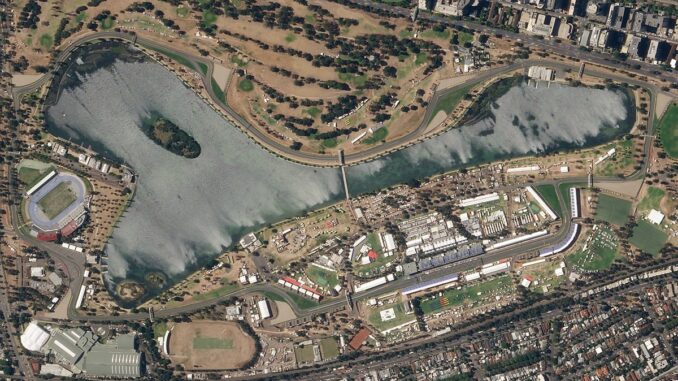
Twenty years ago at the 2001 Australian Grand Prix, Formula 1 was a lot different; screaming V10 engines, prominent cigarette sponsorships, grooved tires and no social media coverage were just a few contrasts to the landscape of today’s sport.
Yet some things never change. Kimi Raikkonen and Fernando Alonso, who both made their debuts at the season’s opening round as baby-faced boys, are still driving in F1 nearly two decades later for Alfa Romeo and Alpine, respectively.
Raikkonen made his start for the Sauber team after driving in just 23 car races. Just think about that. Imagine getting your driver’s license (get out of here, Olivia Rodrigo), driving a Toyota Corolla everyday for three weeks until somebody replaced your trusty Corolla with a Ferrari and said, “good luck.”
This relative inexperience generated loads of controversy, with FIA President Max Mosely protesting the decision and nearly suspending him from joining the team over debates of the safety for other drivers racing against the young Finn. Yet various team bosses and F1 chairman Bernie Ecclestone allowed him to race on with a modified Super License (the license needed to race in F1).
The 21-year-old qualified 13th and miraculously ended the 58-lap race in sixth place, beating out veterans such as Jean Alesi and Eddie Irvine. What’s even funnier is that Raikkonen was napping 30 minutes before the start of the race, imploring Sauber’s physiotherapist that he wanted five more minutes of shuteye when he was found.
Meanwhile, 19-year-old Alonso would begin his F1 career with Minardi, who were the sport’s lovable losers. Their sleek black cars always toiled around at the back of the grid, taking on inexperienced drivers to give them racing experience in woeful machinery. Yet Alonso gave an early glimpse of his F1 career trademark: dragging undeserving cars to high place finishes.
Despite qualifying all the way in 19th place, beating his more experienced teammate by over two and a half seconds, Alonso somehow finished in 12th. This may not sound great, but imagine driving that aforementioned Toyota Corolla against a swarm of Ferraris and finishing in the middle of the pack. Pretty solid.
Yet the rookies’ heroics were overshadowed by unforeseen tragedy.
On lap five, BAR’s Jacques Villeneuve was approaching Williams driver Ralf Schumacher from behind on a long straight. Schumacher braked heading into the upcoming corner, but Villeneuve was too late to notice, slamming hard into the rear of the Williams.
Villeneuve’s car tumbled in the air, violently slamming against the crash fence with fans and officials lined beside them as Schumacher spun around multiple times on the track. Both came to a rest in a plume of yellow dust at the end of the straight.
While both drivers survived with no injuries, the same could not be said for a trackside marshal. Graham Beveridge was standing near the crash fence when one of Villeneuve’s airborne tires somehow found its way through the barriers and struck Beveridge in the chest at over 100 mph, killing him. He was 52.
Investigators found that the catch fence was too low to stop an airborne F1 car and was constructed with a gap in it, which Beveridge was ordered to guard so that no fans invaded the track. Since then, wheel tether technology (wires that secure the tire to the car in the event of an accident) has improved, but the inherent risks of motorsport will always be present.
In twenty years, F1 safety has improved, cars have gotten faster and the sport’s social consciousness has increased. But Alonso and Raikkonen still haven’t aged.

